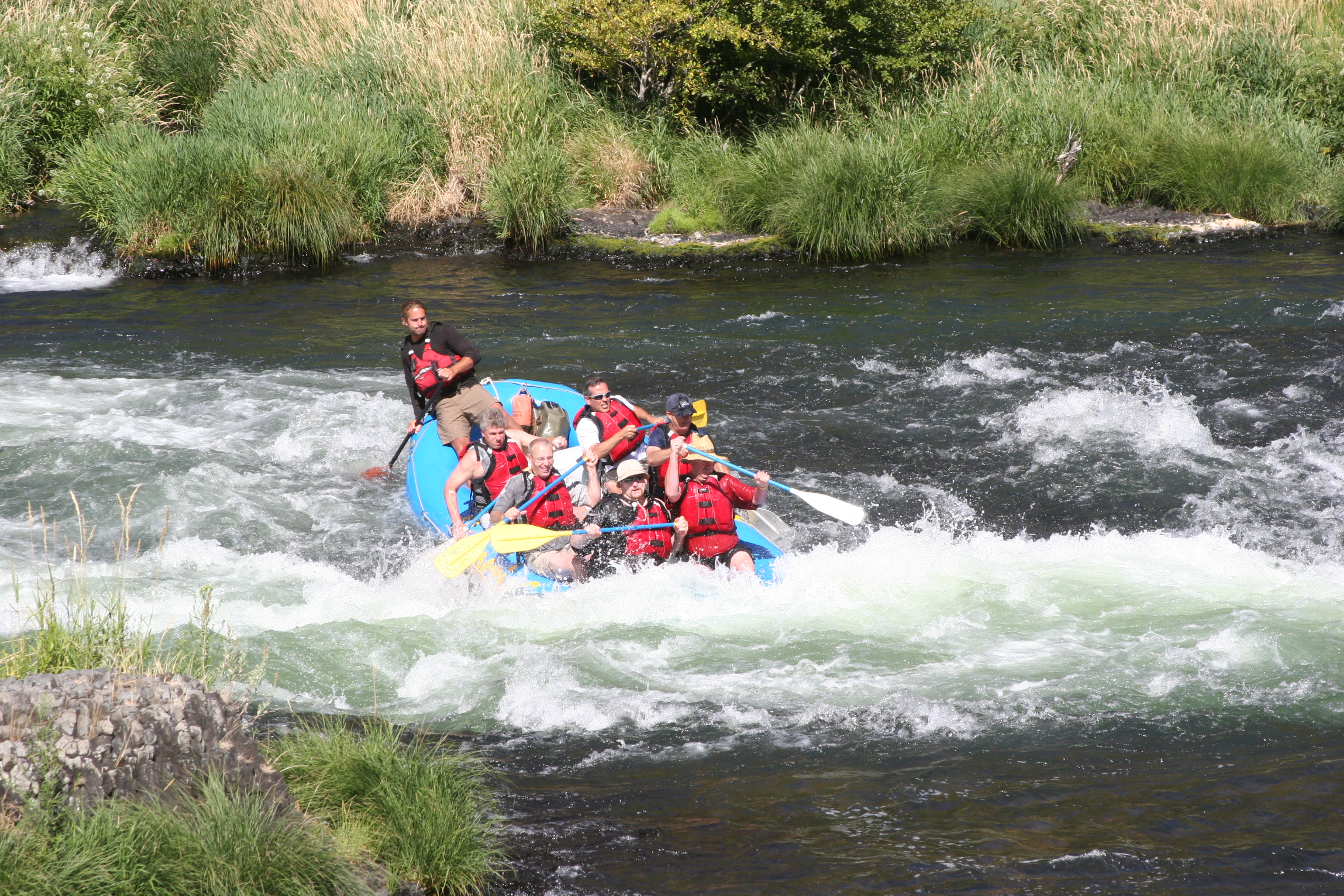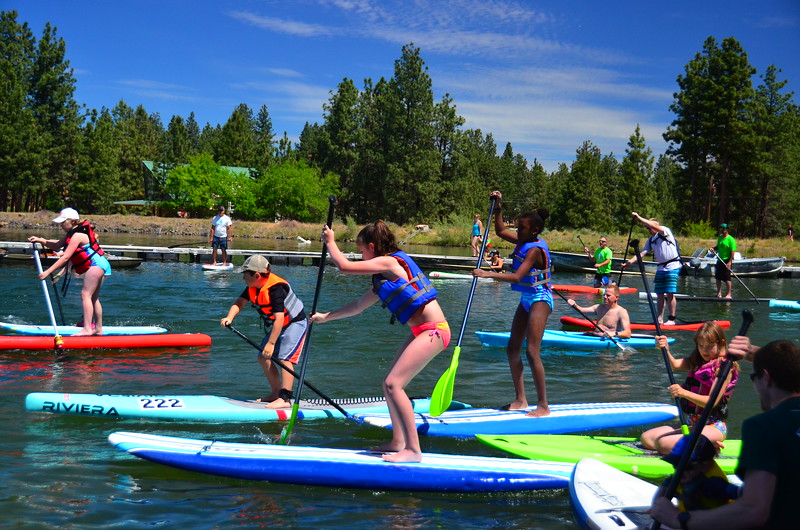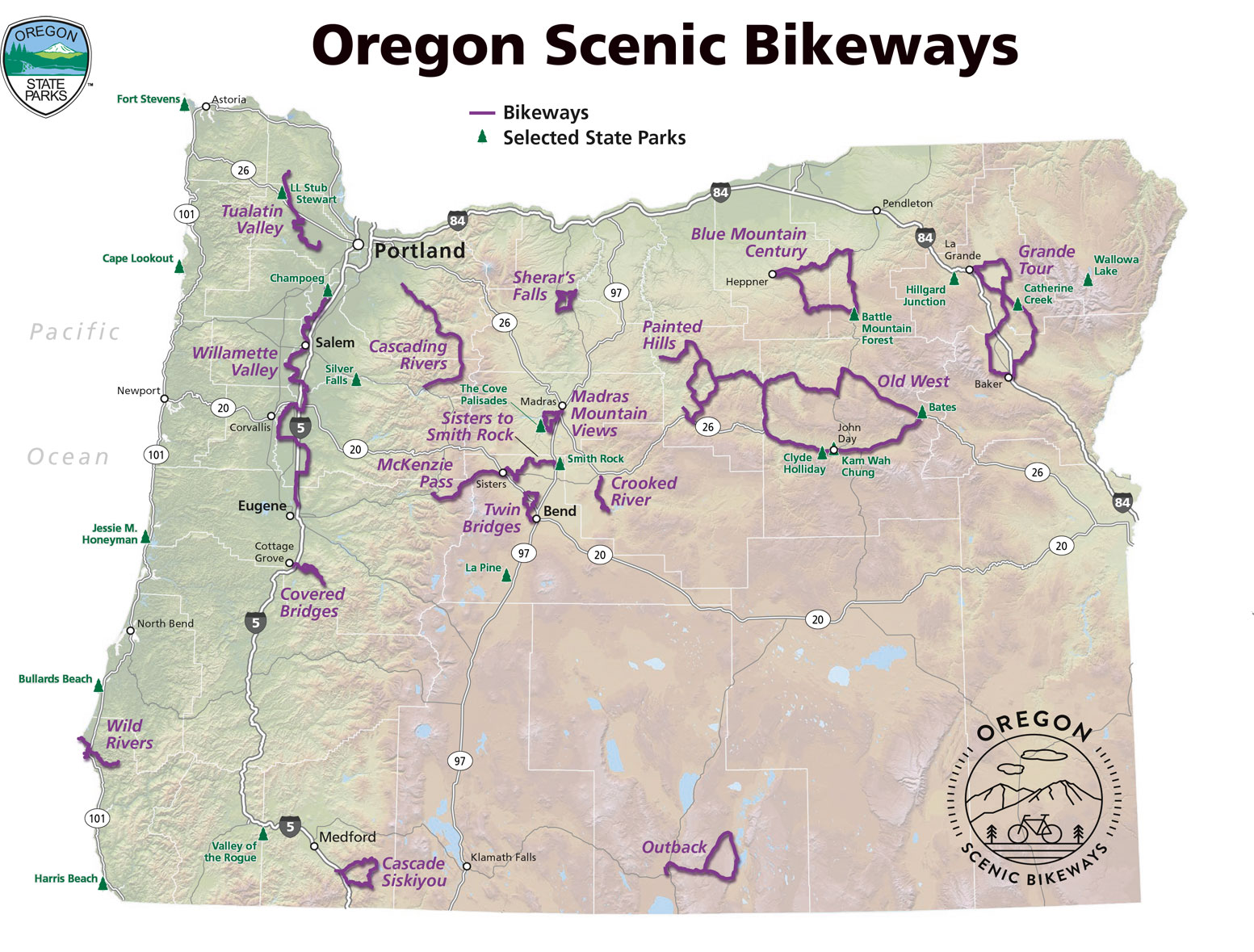Just like your teacher used to grade your tests in school, whitewater (either an individual rapid, or the entire river) is graded too! Instead of A to F, these grades are divided into six categories from class I (the easiest) to class VI (the most difficult and dangerous).
As the White Water Guidebook explains, the Deschutes River runs hundreds of miles from the mountains near Bend, Oregon to the Columbia River. The river is runnable for its entire length offering rapids from Class I to VI, great fishing, and overnight trip options. The most popular section of the Deschutes is from Harpham Flat to Sandy Beach and runs through the town of Maupin, hence the location of the Imperial River Company! The fun rapids and consistent flow make it a great place to raft on a hot summer day.
Rapids Classes Defined:
Class I
Moving water with a few riffles and small waves – it’s a relaxing way to spend the day.
Class II
Easy rapids, waves up to three feet tall that are readily seen, and wide channels that can be discovered without scouting. Some maneuvering is required during this little rock and roll. Examples during our Deschutes day trip:
-
- Mile 34.2: Four Chutes Rapids – wave train down the left, boulder garden on the right.
- Mile 49.9: Surf City Rapids (II+) – offers paddlers a chance to work on their surfing.
- Mile 51.1: White River Rapids (II+) – fun waves at the White River confluence.
- Mile 51.8: Lower Elevator Rapids(II+) – multiple waves for excitement and light splashing.
Class III
Moderate – Waves numerous, high, irregular; rocks; eddies; rapids with passages clear but narrow, requiring experience in maneuvering. Waves up to four feet that send the boat shimmying and water gushing over its sides. Plenty of excitement.
-
-
- Mile 21.1: White Horse Rapid (III+) – challenging ½ mile boulder garden, action packed!
- Mile 33.5: Buckskin Mary Rapids – a swift wave train down the middle.
- Mile 42.9: Wapanita Rapids – thrilling wave train straight through the center.
- Mile 44.0: Boxcar Rapids – large waves and a small ledge drop with a hole to the left that is best avoided.
-
Class IV
Long, difficult rapids, narrow passages, turbulent water that requires precise maneuvering and sends hearts racing.
-
- Mile 50.3: Oak Springs Rapids – A big drop with routes down the right or left. It’s an easy scout from the road on river right.
Class V
Extremely Difficult – Exceedingly difficult, long and violent rapids, following each other almost without interruption; riverbed extremely obstructed; big drops; violent currents; very steep gradient. Paddlers should have prior Class IV or better whitewater experience with experienced guides who know the river.
Class VI
Unrunnable! Just like it says – Don’t even think about it! These constitute waterfalls that should not be attempted. Outfitter raft trips don’t go here – there’s too much other water to enjoy without risking it all!
-
- Mile 53.8: Sherars Falls, but we exit at Sandy Beach a mile before the falls.

Now that you’re an expert on white water classification, check out this great breakdown of the Deshutes River Rapids from Harpham Flats to Sandy Beach so you know exactly what to expect at each turn.
Our runs range from class I to class III, with the option of a class IV for the more experienced rafters/thrill-seekers. With our experienced guides you get all of excitement with none of the none of the stress. We’ll see you out there!
Booking a rafting adventure here: https://deschutesriver.com/deschutes-river-rafting/
Imperial River Company
Lodging and Rafting on the Lower Deschutes River
www.deschutesriver.com
irc@deschutesriver.com
(541)395-2404





